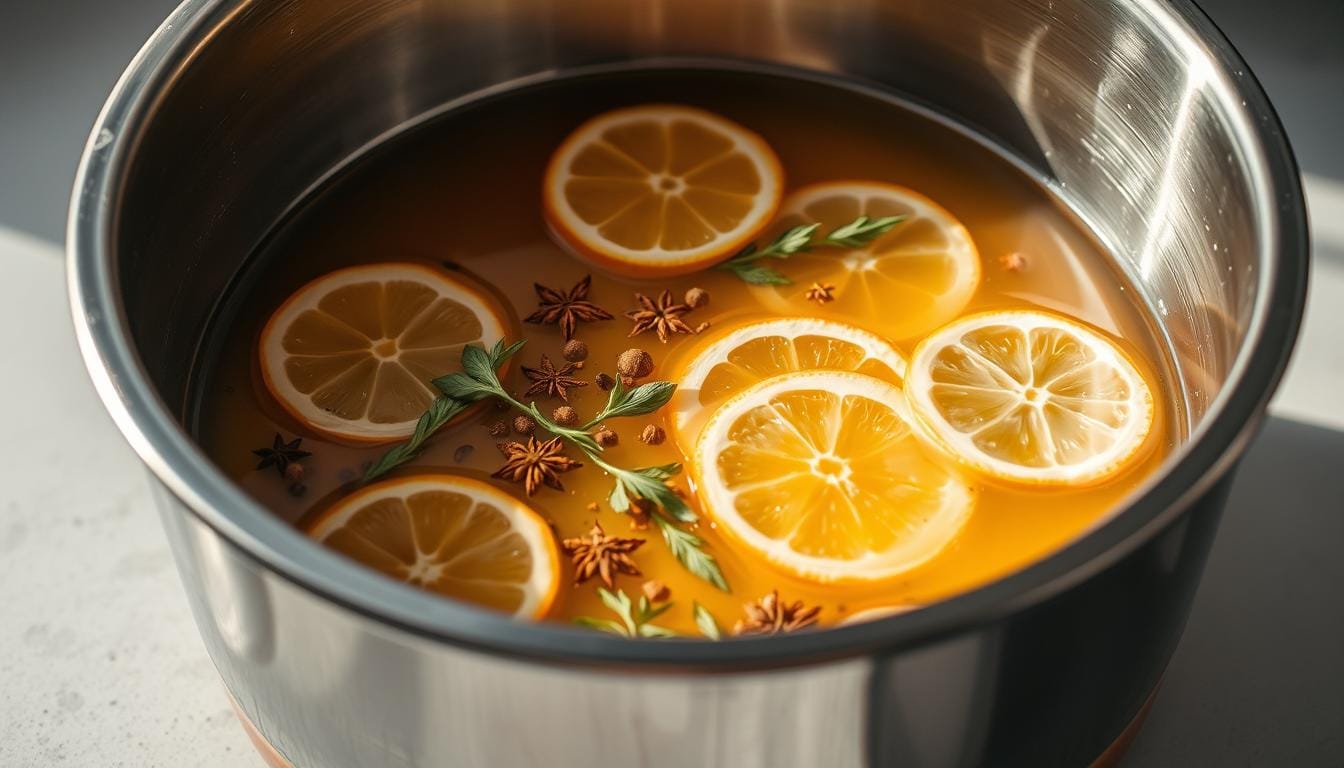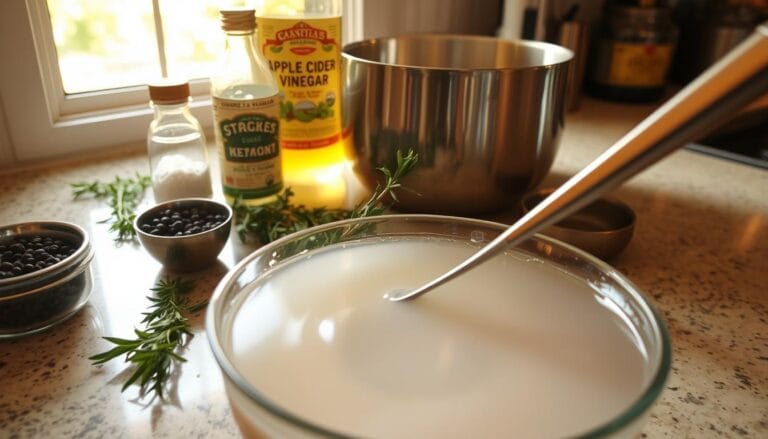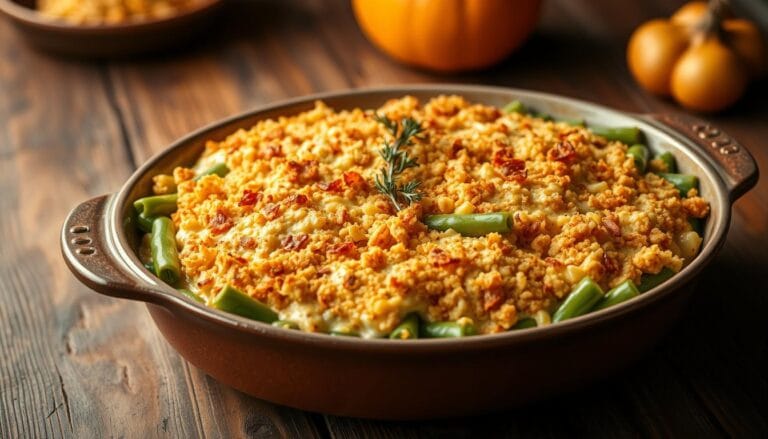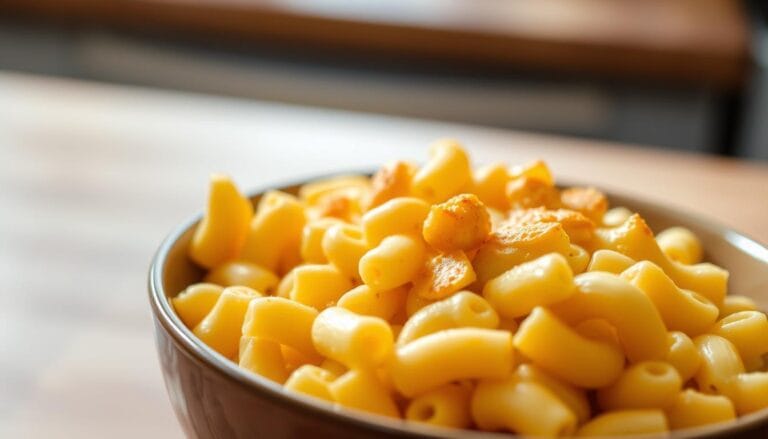Chicken Brine 101: The Secret to Perfectly Seasoned Poultry
Ever pulled a chicken out of the oven only to find it dry and flavorless? You’re not alone. Professional chefs and home cooks have found a game-changing technique called chicken brine. It turns ordinary poultry into a culinary masterpiece.
The poultry brine is more than just a cooking method—it’s a culinary science. It guarantees moisture, tenderness, and incredible flavor. By understanding how salt and seasonings penetrate deep into the meat, you can make restaurant-quality chicken every time.
Butcher BBQ Chicken Brine is a breakthrough in seasoned chicken preparation. This scientifically-crafted solution keeps your chicken juicy, full of flavor, and perfectly cooked. Whether you’re grilling, smoking, or roasting, a proper chicken brine can make your dish extraordinary.
Imagine serving a chicken so succulent that your guests can’t stop talking about it. With the right brining technique, that dream becomes your reality. Let’s dive into the world of chicken brine and unlock the secrets to perfectly seasoned poultry.
Table of Contents
Understanding the Science Behind Chicken Brine
Brine science shows us how to turn regular chicken into a dish to remember. It’s all about how saltwater changes the game in cooking. You’ll see how a simple mix can make a big difference.
The science of brining is really cool. Salt molecules start working with meat proteins. This changes the chicken in amazing ways, making it more than just food.
How Salt Penetrates the Meat
Salt gets into the meat in a complex way. Here’s what happens:
- Salt changes the proteins
- Muscle fibers relax
- Water stays in the meat
The Role of Osmosis in Brining
Osmosis is key to why brining works so well. When salt meets meat, water moves through cell membranes. This keeps the meat moist and flavorful.
Chemical Reactions During Brining
Brining triggers several chemical reactions. These improve the taste and texture of the meat:
- Proteins break down
- Salt helps hold water in the meat
- Flavors go deeper into the meat
Learning these science basics lets you make your chicken truly special. Just use a simple brining method.
Essential Ingredients for Perfect Chicken Brine
To make the perfect chicken brine, you need to know the key ingredients. Salt is crucial for keeping the chicken moist and flavorful. It’s what turns ordinary chicken into a delicious dish.
The main ingredients for a great chicken brine are:
- Kosher salt (primary seasoning)
- Water or liquid base
- Sugar (optional flavor enhancer)
- Aromatic herbs and spices
For a basic brine, use a specific ratio of ingredients. Experts suggest ¼ cup of kosher salt per quart of water. This base lets you add unique flavors to your brine.
Here are some exciting ingredients to add to your brine:
- Garlic powder
- Black peppercorns
- Fresh herbs like thyme or rosemary
- Citrus zest
- Apple cider
- Vegetable broth
Choose high-quality, fresh ingredients to improve your chicken’s taste. The right mix can turn a simple brine into a culinary masterpiece.
Pro tip: Always make sure your salt dissolves fully before adding other ingredients. This ensures a balanced brine solution.
The Basic Chicken Brine Recipe and Ratios
Making the perfect chicken brine needs precision and knowing the right ratios. Whether it’s a whole chicken or specific cuts, brining can make your poultry amazing.
The key to a great chicken brine is a simple yet important formula. Your basic brine needs:
- 8 cups of water
- 1/2 cup kosher salt (never use table salt)
- 1/4 cup honey
- Optional flavor enhancers like herbs and spices
Base Liquid Components
Your liquid base is crucial for a good brine. Water is the main medium, but adding vegetable broth, apple juice, or white wine can boost flavor. Keep the salt-to-water ratio at 1/4 cup kosher salt per 4 cups of water.
Seasoning Measurements
Getting your seasoning right makes your chicken brine stand out. Add:
- 3 dried bay leaves
- 5 smashed garlic cloves
- 1 tablespoon whole black peppercorns
- 3 sprigs each of rosemary, thyme, and parsley
- 2 sliced lemons
Optional Flavor Enhancers
Try different flavor enhancers to make your brine unique. Citrus zest, fresh herbs, whole spices, and even light alcoholic beverages can turn your basic brine into a culinary masterpiece. But remember, too many flavors can overpower the chicken’s taste.
When making your brine, heat it for 3-4 minutes to dissolve the salt. Let it cool down completely before adding your chicken to avoid bacterial growth.
How Long to Brine Your Chicken
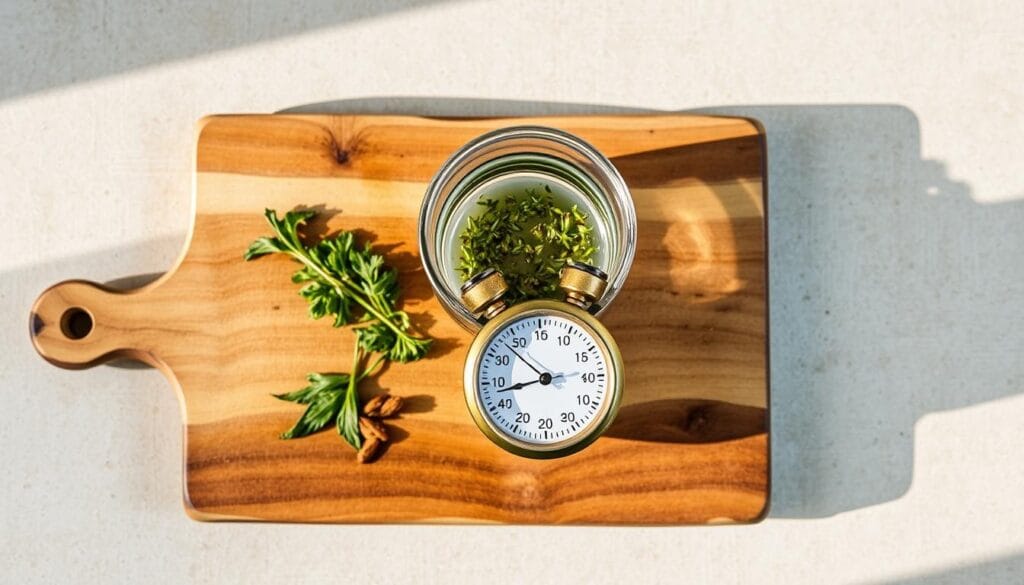
Brining chicken is an art that needs the right brining time for each cut. The soak time greatly affects the taste and texture of your chicken. So, it’s important to get the timing just right.
Different chicken cuts need different brining times for the best results:
- Whole Chicken: 4-6 hours in the fridge or 2-3 hours at room temperature
- Boneless, Skinless Chicken Breasts: 30 minutes at room temperature or 1-2 hours in the fridge
- Bone-in Chicken Pieces: Up to 4 hours of optimal brining duration
Your brining time depends on several things. These include chicken size, cut, and how salty you like it. Brining too short won’t let salt in well. Brining too long can make the meat too salty.
“Precision is key when brining chicken – timing makes all the difference between bland and brilliant.” – Professional Chef
Always keep your chicken in the fridge while brining to stop bacteria growth. Use about 5 tablespoons of kosher salt per half-liter of water for the best brine.
The goal of brining is to add moisture and flavor without overpowering the chicken’s natural taste. Adjust your brining time carefully for the tastiest results.
Common Brining Mistakes to Avoid
Brining chicken can make your cooking better, but mistakes can ruin it. Knowing what to avoid will help you make delicious poultry every time.
Three main areas to watch out for are oversalting, controlling temperature, and managing time.
Oversalting Chicken: A Salty Situation
Oversalting is a common mistake in brining. The right brine temperature and salt amount are key to flavor. Here are tips to avoid oversalting:
- Use precise salt measurements
- Stick to recommended salt-to-water ratios
- Rinse chicken thoroughly after brining
Temperature Control Challenges
Keeping the brine at the right temperature is vital for safety and quality. Wrong temperatures can cause bacteria and ruin the chicken.
| Brining Temperature Guidelines | Recommended Practice |
|---|---|
| Refrigeration | Keep chicken between 33-40°F during brining |
| Maximum Time | Do not brine at room temperature for more than 30 minutes |
| Safety Zone | Always use a cooler with ice or refrigerate |
Time Management Errors
How long you brine affects the meat’s texture and taste. Timing is everything for your chicken:
- Chicken breasts: 15-120 minutes
- Whole chicken: 4-6 hours
- Avoid brining beyond recommended times
By knowing these common mistakes, you can improve your chicken cooking.
Different Types of Chicken Brine Methods

Learning about chicken brining means knowing three main ways: wet brine, dry brine, and injection brining. Each method has its own benefits for making your chicken truly special.
Wet brine involves soaking chicken in a saltwater mix. This method keeps chicken moist and flavorful. You’ll need:
- 4 cups cold water
- 6 tablespoons kosher salt
- Optional herbs and spices
Dry brine is different. You rub salt and spices on the chicken’s skin. This method makes the skin crispy and the flavors intense. Pro tip: Adding baking powder helps the skin get even crisper.
Injection brining is for those who want flavors to really sink in. You use special tools to inject marinade into the meat. Butcher BBQ products are great for this, ensuring flavors spread evenly.
| Brining Method | Optimal Time | Best For |
|---|---|---|
| Wet Brine | 30-60 minutes | Juicy, tender chicken |
| Dry Brine | 2 hours | Crispy skin, concentrated flavor |
| Injection Brining | 15-30 minutes | Rapid flavor infusion |
Choose your brining method based on your cooking time, desired texture, and flavor intensity. Each technique can take your chicken from good to gourmet.
Safety Tips and Food Handling During Brining
Keeping food safe during brining is very important. It helps protect you and your family from getting sick. Handling food right and keeping the right temperature are key to avoiding contamination.
Food safety is all about the brine temperature and stopping contamination. These things are crucial for a safe cooking process.
Temperature Guidelines for Safe Brining
Keeping the right temperature is key to stop bacteria from growing. The CDC says to keep poultry at or below 40°F (4°C) during brining. Here are some important tips:
- Always brine chicken in the refrigerator
- Keep brine temperature below 40°F to inhibit bacterial growth
- Use a reliable food thermometer to monitor temperatures
- Never leave brining chicken at room temperature for extended periods
Choosing the Right Containers
Choose containers that help keep food safe and stop cross-contamination:
- Use non-reactive containers like glass, ceramic, or food-grade plastic
- Ensure the container is large enough to fully submerge the chicken
- Avoid metal containers that might react with the salt solution
- Clean and sanitize containers before and after use
Cross-Contamination Prevention Strategies
Stay safe by following these tips to prevent contamination:
- Wash hands thoroughly before and after handling raw chicken
- Use separate cutting boards for raw meats
- Clean all surfaces and utensils with hot, soapy water
- Discard used brine and never reuse it
Remember, proper food safety practices are your best defense against foodborne illnesses when brining chicken.
Conclusion
Discovering the secrets of chicken brining can make your cooking amazing. By learning about brining, you’ll make your chicken dishes taste better and stay juicy. You’ll see how simple ingredients and methods can turn your kitchen into a restaurant.
Now you can try different flavors in your brines. You can use classic salt and sugar or try new things like honey or lemon. Brining is very flexible, making your chicken taste amazing.
Start with simple recipes and learn the basics. Understand the right mix of water and salt. Then, you can make your own special brine. Pay attention to how long you brine and the right temperature. With each try, you’ll get better at making delicious chicken.
Keep trying new things and trust your taste. Brining is both a science and an art. It lets you make tasty, tender chicken that you’ll love making again and again.

